5% off
Google Pixel 8 Pro
KSh71,000.00Current price is: KSh71,000.00. Original price was: KSh75,000.00.
- RAM: 12GB
- Internal Storage: 128GB
- Battery: 5,050mAh
- Main camera: 50MP + 48MP + 48MP
- Front camera: 10.5 MP
- Display: 6.7-inch, LTPO OLED
- Processor: Google Tensor G3 (4 nm)
- Connectivity: 3G, 4G, 5G, Wi-Fi
- OS: Android 14
Buy Now
Add to cart
Product Description
Google Pixel 8 Pro
The handset features a 6.7-inch LTPO OLED Display with 2400 nits peak brightness, 120Hz refresh rate, and 1344 x 2992 pixels resolution. It runs on the Android 14 Operating System. It is powered by a Nano-core, Google Tensor G3 (4 nm) processor with 128GB internal memory, 12GB RAM / 128GB 12GB RAM / 256GB 12GB RAM / 512GB 12GB RAM / 1TB 12GB RAM phone memory variants.
To capture high-quality pictures and 4K videos, you can rely on a single 10.5 MP, f/2.2, 20mm (ultrawide) camera for selfies and A triple camera setup at the phone’ rear end consisting of 50 MP, f/1.7, 25mm (wide) + 48 MP, f/2.8, 113mm (telephoto) + 48 MP, f/2.0, 126˚ (ultrawide) lenses. The front and back cameras record 4K and 1080p videos.
Google Pixel 8 Pro is a real deal for modern, high-end smartphones in 2023. It comes with Bluetooth 5.3, A2DP, LE, aptX HD, supports NFC, has an under-the-display, optical finger sensor and USB Type-C 3.2. Powering the handset is Li-Ion 5,050 mAh, non-removable battery with 30W wired, PD3.0, PPS, 1-50% in 30 min.
Google Pixel 8 Pro specs
|
Brand
|
Google
|
|
Model
|
Google Pixel 8 Pro
|
|
Announced
|
4 October, 2023
|
|
Released
|
October, 2023
|
|
Operating System
|
Android 14
|
|
Chipset
|
Google Tensor G3 (4 nm)
|
|
CPU Speed
|
Octa-core (2×2.85 GHz Cortex-X1 & 2×2.35 GHz Cortex-A78 & 4×1.80 GHz Cortex-A55)
|
| GPU | Immortalis-G715s MC10 |
|
Storage
|
128GB
|
|
RAM
|
12GB
|
|
Card Slot
|
No
|
|
Rear Camera
|
50 MP + 48 MP + 48 MP
|
|
Front Camera
|
10.5 MP
|
|
Network
|
GSM / CDMA / HSPA / EVDO / LTE / 5G
|
|
Sim Card
|
Nano-SIM and/or eSIM
|
|
Weight
|
213g
|
|
Dimensions
|
162.6 x 76.5 x 8.8 mm |
|
Screen Resolution
|
1344 x 2992 pixels, 20:9 ratio (~489 ppi density) |
|
Display Type
|
LTPO OLED, 120Hz, HDR10+, 1600 nits (HBM), 2400 nits (peak) |
|
Display Size
|
6.7 inches (~88.7% screen-to-body ratio)
|
|
3.5mm jack
|
No
|
|
Bluetooth
|
5.3, A2DP, LE, apt-X HD |
|
GPS
|
GPS (L1+L5), GLONASS (G1), GALILEO (E1+E5a), QZSS (L1+L5) |
|
NFC
|
Yes
|
|
Wi-Fi
|
Wi-Fi 802.11 a/b/g/n/ac/6e, tri-band, Wi-Fi Direct, hotspot
|
|
USB
|
USB Type-C 3.2
|
|
Radio
|
No
|
|
Sensor
|
Fingerprint (under display, optical), accelerometer, gyro, proximity, compass, barometer, thermometer (skin temperature) |
|
Battery
|
Li-Ion 5,050 mAh, non-removable
|
|
Fast Charging
|
30W, 50% in 30 min Wireless charging 23W Reverse wireless charging |
Design and Physical Build
Google Pixel 8 Pro is elegantly designed with softer silhouettes, beautiful metal finishes and recycled material. Notably smaller than the Pixel 7, the Google Pixel 8 has contoured edges, feels great in your hand at 162.6 x 76.5 x 8.8 mm (dimensions and 213g (weight). It is slightly thinner than Pixel 8 but more weighty than Pixel 8’s 187g.
The phone is made of a Glass front (Gorilla Glass Victus), glass back (Gorilla Glass Victus), and aluminum frame. Pixel 8 Pro features a matte glass back with a polished aluminum frame and comes in three colours: Porcelain, Bay and Obsidian.
Moreover, a new temperature sensor at the back of the Pixel 8 Pro lets you quickly scan an object to get its temperature. Use it to check if your pan is hot enough to start cooking or if the milk in your baby’s bottle is at the right temperature. Google have submitted an application to the FDA, to enable Pixel’s Thermometer App to take your temperature and save it to Fitbit.
Notably, the handset supports Nano-SIM and eSIM. It is water-proof with IP68 dust/water resistant rating (up to 1.5m for 30 min). For security, it comes with an under-display fingerprint scanner.
Display of Google Pixel 8 Pro
Pixel 8 Pro’s 6.7-inch Super Actua display features our brightest display yet. The display features an LTPO OLED screen with 120Hz refresh rate, HDR10+, 1400 nits (HBM), 2400 nits (peak) brightness and 1344 x 2992 pixels, 20:9 ratio (~489 ppi density) resolution.
This is an excellent display for an immersive user experience as you delve deep into gaming, watching video streams and endless social media engagement. You will not have any dull moments. Protecting the impressive display is the tamper-proof Corning Gorilla Glass Victus 2 (always on display).
Camera Setup
Google Pixel 8 Pro features powerful, upgraded camera systems for stunning photo and video quality, plus game-changing editing tools. Every camera on the Pixel 8 Pro has been upgraded, starting with the main camera that captures better photos and videos in low-light settings.
The bigger ultrawide lens delivers even better Macro Focus, the telephoto lens captures 56% more light and takes 10x photos at optical quality, and the front-facing camera now has autofocus for the best selfies on a Pixel phone.
Pixel 8 Pro Main Camera:
- 50 MP, f/1.7, 25mm (wide), 1/1.31″, 1.2µm, multi-directional PDAF, multi-zone Laser AF, OIS
- 48 MP, f/2.8, 113mm (telephoto), 1/2.55″, 0.7µm, dual pixel PDAF, OIS, 5x optical zoom
- 48 MP, f/2.0, 126˚ (ultrawide), 0.8µm, dual pixel PDAF
- It features a Dual-LED flash, Pixel Shift, Ultra-HDR, panorama, Best Take
- It records 4K@24/30/60fps, 1080p@30/60/120/240fps videos
- Video Recording support: gyro-EIS, OIS, 10-bit HDR
Selfie Camera:
- 5 MP, f/2.2, 20mm (ultrawide), 1/3.1″, 1.22µm, PDAF
- It features an Auto-HDR, panorama
- Video Recording capabilities: 4K@24/30/60fps, 1080p@30/60fps
- Video Support: gyro-EIS, OIS, 10-bit HDR
Updated camera hardware
Pixel 8 Pro, like Pixel 8 packs the same flagship 50-megapixel (MP) main camera, with 21% more light sensitivity than the Pixel 7 series for the best low-light photos and videos on a Pixel yet. You will notice much faster autofocus in those low-light settings, too.
Every single camera has been upgraded on Pixel 8 Pro — which includes bringing autofocus to the selfie camera for the best selfies ever on a Pixel. Compared to Pixel 7 Pro, the 48 MP ultrawide lens gathers 105% more light and focuses 30% closer for improved Macro Focus shots with amazing aesthetic blur.
To top it off, the 48 MP telephoto lens gives you even cleaner zoomed-in shots in low-light settings even at 10x with optical quality.
Dual Exposure on the main camera
Dual Exposure technology is available on the new main camera in both Pixel 8 and Pixel 8 Pro. It makes videos sharper and less grainy in scenes with the toughest lighting, like a sunset backdrop. Dual Exposure effectively takes two images simultaneously — one optimized for low-light and the other for high dynamic range. The result is natural-looking videos with vivid colour and low noise.
Image Equity with Real Tone
Google has invested substantially to make sure Real Tone accurately represents the wide range of human skin tones, especially darker ones, in photos and videos. The company has expanded its efforts in 2023, bringing Pixel’s best-ever skin tone accuracy to video. Moreover, Google has augmented flash to add Night Sight technology, so darker skin looks natural even in flash photos.
On-device algorithm on Pixel 8 Pro
You must have been in that situation where you have the perfect group photo, but someone is not looking at the camera. Best Take uses the photos you did take to get the photo you thought you took. To make that happen, an on-device algorithm creates a blended image from a series of photos to get everyone’s best look.
Magic Editor
Magic Editor in Google Photos is a new experimental editing experience that uses generative AI to help you bring your photos in line with the essence of the moment you were trying to capture. You can reposition and resize subjects or use presets to make the background pop — all with just a few taps.
Create the perfect group photo with Best Take, re-imagine your photos with Magic Editor, reduce distracting sounds in your videos with Audio Magic Eraser and, coming later, zoom in on what matters with Zoom Enhance.
Audio Magic Eraser
Audio Magic Eraser lets you easily reduce distracting sounds in your video, like howling winds or noisy crowds. This first-of-its-kind computational audio capability uses advanced machine learning models to sort sounds into distinct layers so you can control their levels.






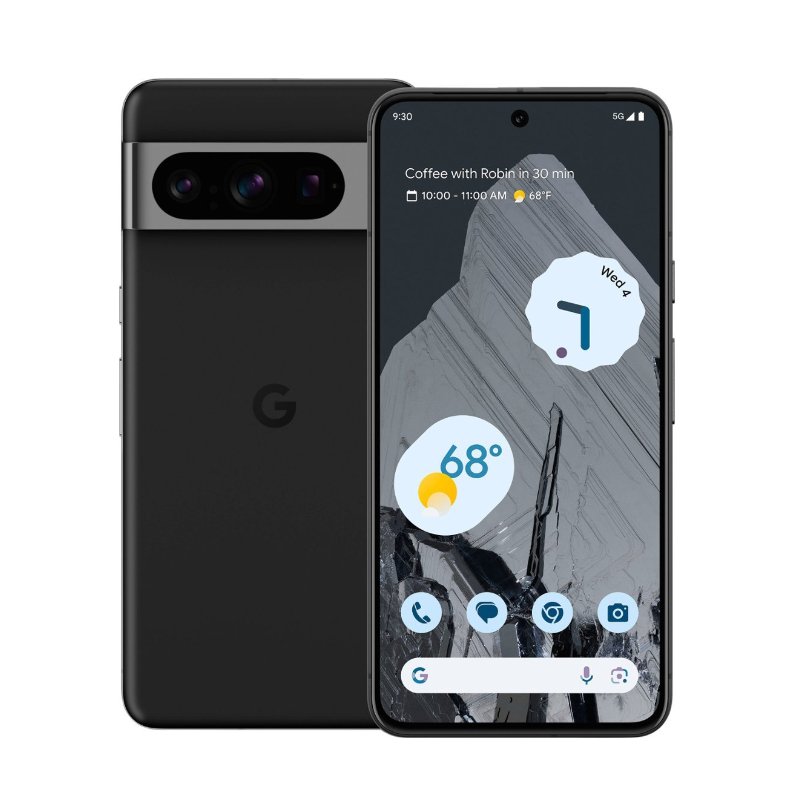
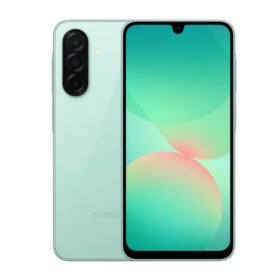
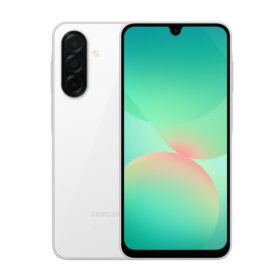
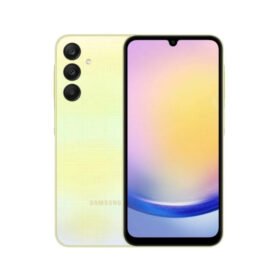
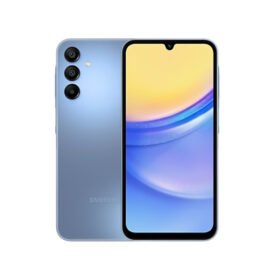
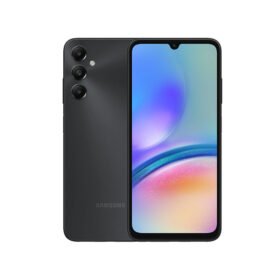
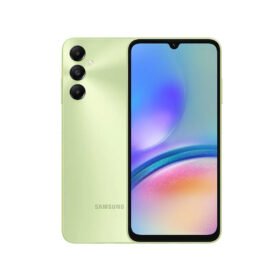
![Redmi Note 13, [8GB RAM, 128GB]](https://furahiastores.com/wp-content/uploads/2025/07/REDMI-NOTE-13-8-128-1-280x280.jpg)
![Redmi Note 13, [8GB RAM, 128GB]](https://furahiastores.com/wp-content/uploads/2025/07/REDMI-NOTE-13-8-128-280x280.webp)
![Redmi A3X [3GB RAM, 64GB] Black](https://furahiastores.com/wp-content/uploads/2025/07/REDMI-A3X-3-64BLACK1-280x280.jpg)
![Redmi A3X [3GB RAM, 64GB] Black](https://furahiastores.com/wp-content/uploads/2025/07/REDMI-A3X-3-64BLACK-280x280.jpg)
![Redmi Note 13 Pro+ 5G, [12GB RAM, 512GB]](https://furahiastores.com/wp-content/uploads/2025/07/REDMI-NOTE13PRO-5G-12-512-WHITEPURPLE-280x280.jpg)
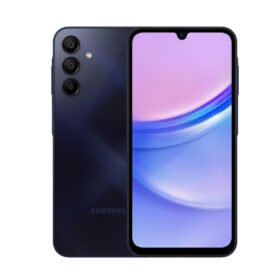
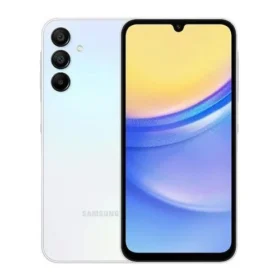
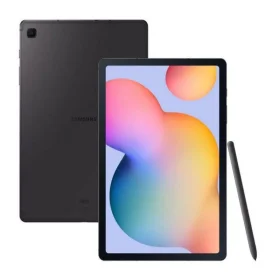
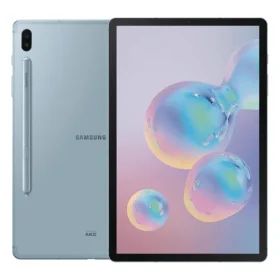
Reviews
There are no reviews yet.